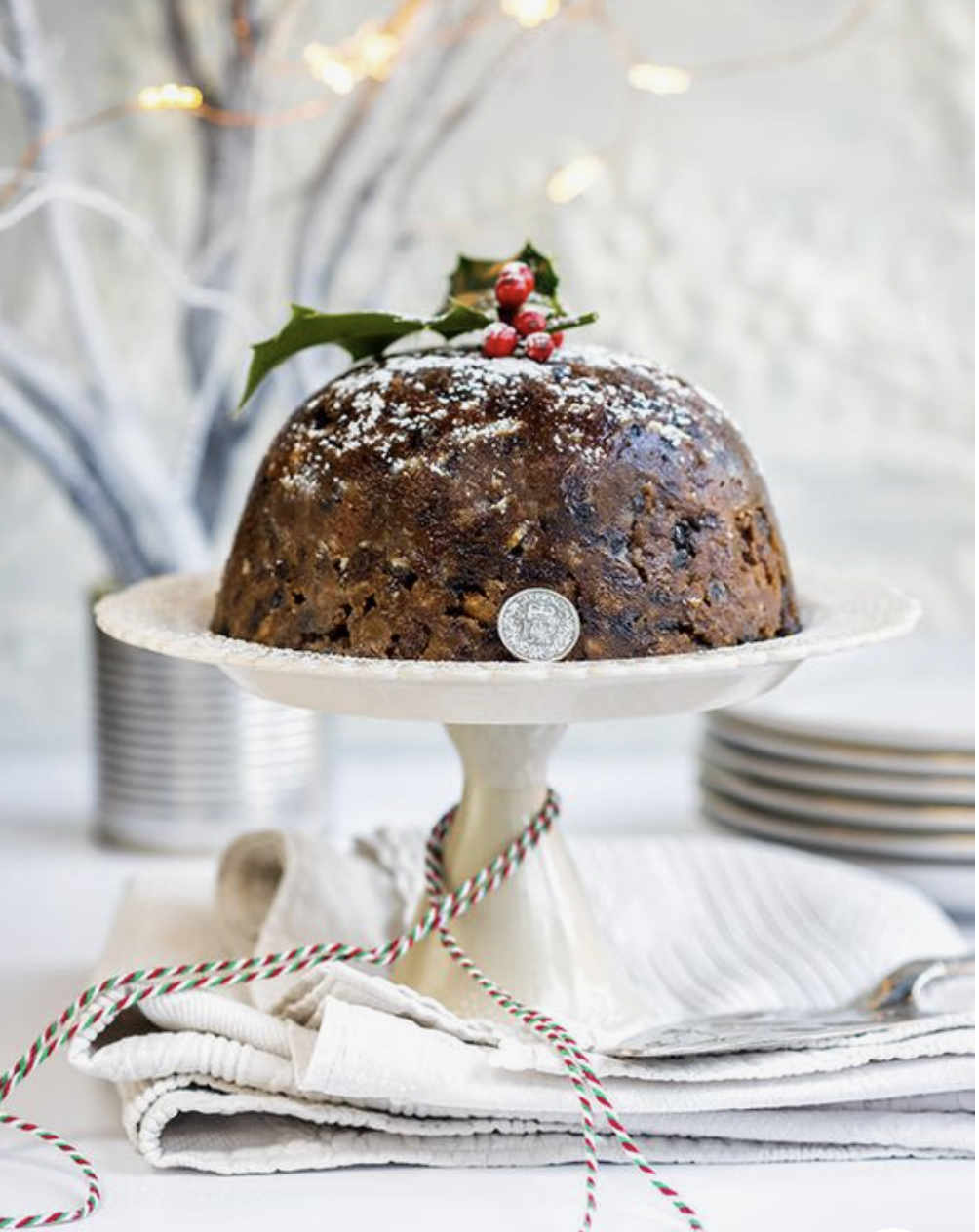We seem to be in the middle of November in the blink of an eye. This weekend sees stir up Sunday upon us. When the children were little we used to have a lovely village fundraising event where families came together to make puddings or mincemeat in the village hall as a fundraiser for playgroup. Now they are grown-up it’s hit and miss whether we remember to do it on the right day! However, this year with all of the lockdown shenanigans I have been much more conscious of the changing seasons in everything we do, from shopping and cooking to gardening to celebrating festivals great and small, so today a little bit of gentle stirring…
500g MIXED DRIED FRUIT AND PEEL
225g DARK BROWN SUGAR
110 g BREADCRUMBS
25g CHOPPED OR FLAKED ALMONDS
110g SHREDDED SUET/ VEGETARIAN SUET
50g SELF RAISING FLOUR
1tsp MIXED SPICE
1/2 CINNAMON AND A GRATE OF NUTMEG
JUICE AND ZEST HALF A LEMON
JUICE AND ZEST OF AN ORANGE
1 APPLE - GRATED
1 CARROT - GRATED
2 EGGS
75ML BRANDY
100ML STOUT
I tend to use a sort of version of Delia for my pudding, I kind of don’t know what I bother with the tradition of it as only Mr H and my dad particularly like it, but it is steeped in familial nostalgia and tradition, so it would seem wrong to not have it on Christmas Day, even if its only a teaspoonful.
So here is the recipe we make every year and it’s so easy that you could give it to your children to do this afternoon! Basically, just weigh out all of the ingredients; the dry ones in a big bowl and the wet ones in a jug.
Mix the dry ingredients well and break up the sugar and the fruit so they aren’t clumped together and pour in the wet, then make sure everyone stirs it and makes a wish.
Put the mixture into greased pudding basins and top with a double layer of greaseproof with a pleat folded in it.
Steam for about 4-6 hours (make sure you check if you need to add more water to the pot). When it is cool, replace the greaseproof with a fresh piece and a lid of foil and keep it in a dark cool place till Christmas Day.
Reheat either in the steamer or take the foil off and microwave it.
This makes 2 puddings (depending on the size of your basin) but you can spread the mixture across several basins and give them as gifts. If you can find any vintage basins even better! Top with brown paper, tied with ribbon and a sprig of greenery.
This Sunday I will be making my mincemeat and I might do a cake. Only Mr H likes Christmas cake. I really don’t like sugary icing and the kids always prefer something chocolatey or panettone.
When I was thinking about Christmas cakes, I went down the inevitable Pinterest rabbit hole! So this year, I am not going to be wildly precious about a traditional cake and I might make several different things and share them with friends and family. I found an interesting recipe in an old Waitrose magazine which I like the look of, a different riff on a traditional fruit cake; fig and sherry cake decorated with marzipan, so I will definitely give that a go.
I found some lovely ideas to share with you whether you are a traditional fruit cake fan or after something a little bit different . You can link back to all of the original source via my Pinterest board here .
I love the idea of combining a simple cake ( - you could do a sticky date cake, or a chocolate cake or just a simple layered sponge) and then decorating it with a gingerbread house theme.
If you are feeling chocolatey rather than traditional, I love the idea of making a big tiffin or biscuit cake. Make it dark and squidgy with good cocoa and excellent chocolate, or one of my favourite cakes is chocolate and stout sponge with a cream cheese frosting. If you want absolutely minimal effort and max impact, buy a nice panettone or pandoro and dust it liberally with icing sugar, decorate it with some sprigs of greenery and add Bambi or Rudolph balanced on top! - very cool!
Whatever you happen to be being this weekend, have fun!


































